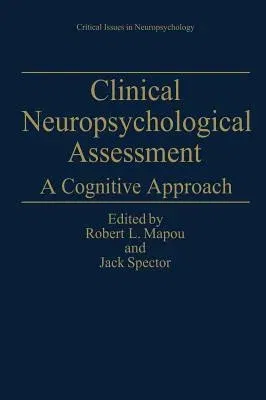Clinical Neuropsychological Assessment: A Cognitive Approach (1995)Hardcover - 1995, 28 February 1995

Qty
1
Turbo
Ships in 2 - 3 days
In Stock
Free Delivery
Cash on Delivery
15 Days
Free Returns
Secure Checkout

Part of Series
Critical Issues in Neuropsychology
Part of Series
Language of Science
Part of Series
Critical Issues in Neuropsychology Critical Issues in Neurop
Print Length
362 pages
Language
English
Publisher
Springer
Date Published
28 Feb 1995
ISBN-10
0306448696
ISBN-13
9780306448690
Description
Product Details
Book Edition:
1995
Book Format:
Hardcover
Country of Origin:
US
Date Published:
28 February 1995
Dimensions:
25.4 x
17.78 x
2.24 cm
ISBN-10:
0306448696
ISBN-13:
9780306448690
Language:
English
Location:
New York, NY
Pages:
362
Publisher:
Series:
Weight:
893.58 gm